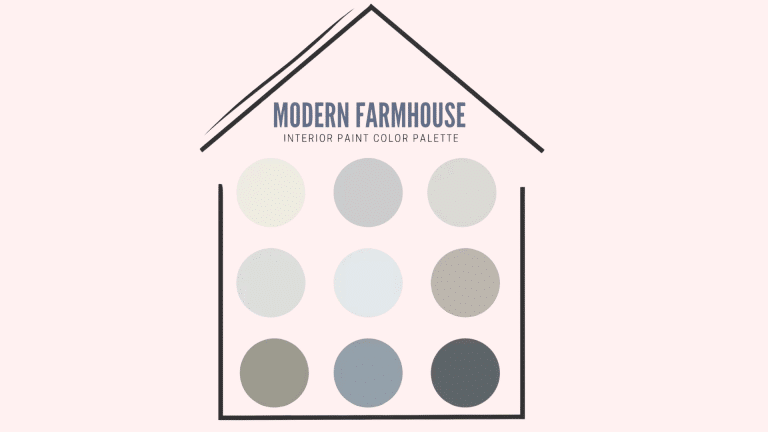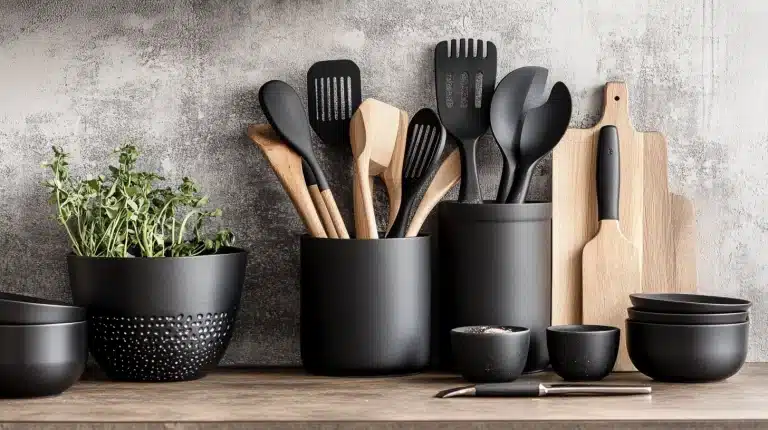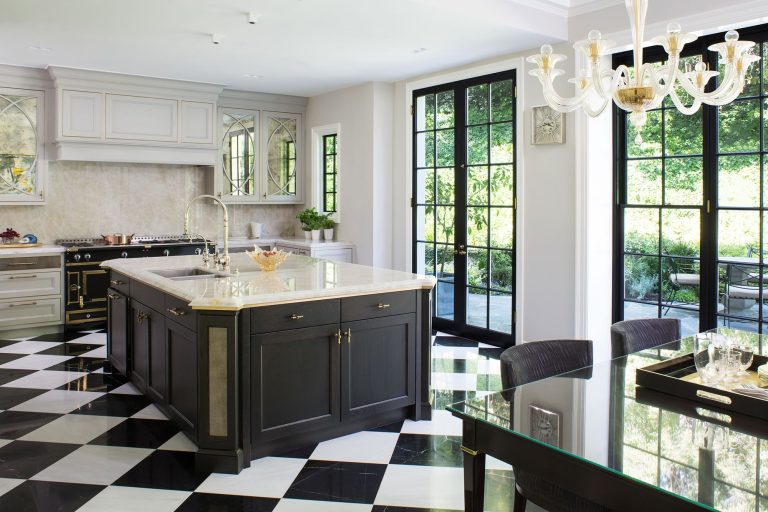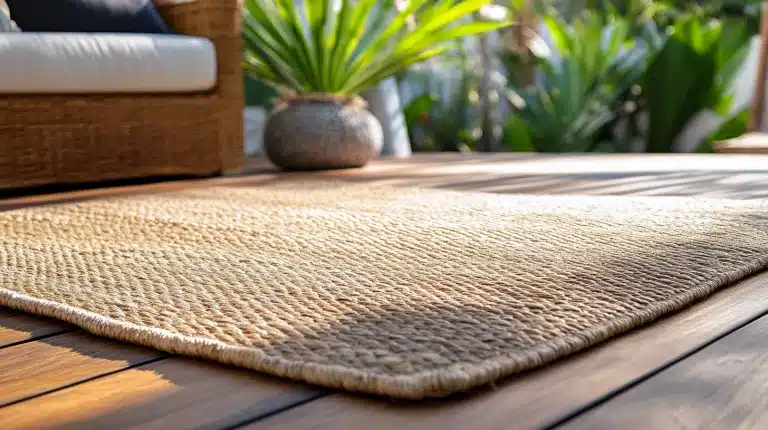How to Create a Photobook That Reflects Your Home’s Unique Style
Every home tells a story. From the carefully chosen furniture to the color of the walls, each element reflects its inhabitants’ unique style and personality.
Capturing these elements in a photobook preserves these memories and celebrates the distinct character of your home.
This article will guide you through creating a photobook that beautifully reflects your home’s unique style.
Understanding Your Home’s Style
The first step in creating a photobook that reflects your home’s style is to identify that style.
Understanding your aesthetic is crucial, whether your home is modern, rustic, vintage, or eclectic.
Take a look at the dominant colors, materials, and overall vibe of your home.
Is it cozy and filled with antiques, or sleek and minimalist with clean lines and neutral tones?
Common Home Styles
- Modern: Characterized by clean lines, neutral colors, and minimalistic décor.
- Rustic: Features natural materials, earthy colors, and a warm, inviting atmosphere.
- Vintage: Incorporates antique furniture, retro colors, and nostalgic elements.
- Eclectic: A mix of styles and periods, often bold and colorful.
Importance of Reflecting Your Home’s Style
A photo book that reflects your home’s style is more than just a collection of images – it represents your taste and the ambiance you’ve created.
Staying true to your home’s aesthetic will make your photobook feel cohesive and authentic.
Planning Your Photobook
Choose a theme that aligns with your home’s aesthetic. This could be as broad as “Modern Elegance” or as specific as “Rustic Farmhouse Kitchen.”
The theme will guide your photo selection and layout decisions.
Choosing a Color Scheme
Select a color scheme that reflects your home’s palette. If your home features lots of earthy tones, incorporate those into your photobook’s backgrounds and borders.
A consistent color scheme will tie everything together.
Gathering Inspiration
Look through home décor magazines, websites, and Pinterest boards for inspiration.
Note how professional photographers capture interior spaces and how designers use color and layout to enhance the aesthetic. This research will provide valuable ideas for your photobook.
Tips for Taking High-Quality Photos of Your Home
- Lighting: Use natural light whenever possible. Take photos during the day when rooms are well-lit.
- Angles: Experiment with different angles to capture the best views of each room.
- Details: Focus on both wide shots and close-ups of interesting details like textures, fabrics, and décor items.
Selecting Photos That Best Represent Your Home’s Style
Choose photos that highlight the key elements of your home’s design.
Include a mix of wide-angle shots that show entire rooms and close-ups of decorative details. Ensure that each photo aligns with your chosen theme and color scheme.
Organizing Photos by Room, Theme, or Event
Organize your photos in a way that tells a coherent story. You can arrange them by room (living room, kitchen, bedroom), by theme (seasonal décor, renovation projects), or by event (holiday gatherings, family dinners).
This organization will make your photobook more engaging and easier to follow.
Designing Your Photobook
Various tools are available for creating photo books. Platforms like Mixbook offer customizable templates that can help you design a photobook that reflects your home’s style.
Choose a tool that provides the flexibility and design options you need.
Layout Tips to Reflect Your Home’s Aesthetic
- Balance and Spacing: Ensure enough white space to avoid a cluttered look. Balance the placement of photos and text to create a harmonious design.
- Alignment: Keep photos and text aligned for a clean and professional appearance. Consistent alignment creates a polished and cohesive look.
- Design Elements: Use borders, backgrounds, and textures that complement your home’s style.
For example, a rustic photobook might include woodgrain backgrounds and earthy tones.
Incorporating Text
Add captions, quotes, and short stories to provide context and enhance the narrative. Personal anecdotes and reflections make your photobook more intimate and engaging.
Consider including the names of rooms, dates of renovations, and descriptions of design choices.
Adding Personal Touches
Enhance your photobook with family photos and personal mementos like tickets, letters, and drawings. These items add a personal touch and bring your home’s story to life.
Adding Captions, Quotes, and Anecdotes
Include captions that explain the significance of each photo. Add quotes that resonate with you and your family.
Share anecdotes that provide insight into your design choices and the memories associated with your home.
Using Design Elements That Reflect Your Personality
Incorporate design elements that reflect your personality. If you like vintage décor, use retro fonts and embellishments.
Opt for clean lines and minimalistic designs if your style is more modern.
Printing and Binding Options
Select high-quality paper and finish for your photobook. Options include matte, glossy, or satin finishes, each offering a different look and feel.
The choice of paper can significantly impact your photobook’s visual appeal and durability.
Binding Options That Enhance the Photobook’s Appeal
Consider different binding options such as hardcover, softcover, or lay-flat binding. Each type offers different benefits in terms of durability and presentation.
Hardcover bindings provide a classic and durable option, while lay-flat bindings allow photos to spread seamlessly across two pages.
Considerations for Durability and Longevity
Choose materials and finishes that will withstand the test of time. This will ensure that your photobook remains in good condition for years to come.
High-quality printing and binding can help preserve your photos and stories for future generations.
Sharing and Preserving Your Photobook
Share your photobook with family and friends. It can be a great conversation starter and a way to relive your home’s transformation together.
Consider hosting a photo night where you can share your photobook and stories with loved ones.
Creating Digital Versions and Backups
Create digital versions of your photobook for easy sharing and backup. This ensures you have a copy in case the physical book gets damaged.
Digital versions can be shared via email or social media, allowing a wider audience to enjoy your home’s story.
Storing Your Photobook Safely
Store your photobook safely, away from direct sunlight and moisture. Consider using a protective case to keep it in pristine condition.
Proper storage will help preserve the quality and longevity of your photobook.
Conclusion
Creating a photobook that reflects your home’s unique style is a rewarding way to preserve and celebrate the place you call home.
You can create a beautiful and meaningful keepsake by carefully selecting your theme, photos, and layout and adding personal touches.
Start your photobook project today and enjoy the process of capturing the essence of your home.
Whether for yourself or as a gift for someone special, a photobook is a timeless way to document and share your home’s unique story.








pin-up casino giris: pinup az – pin up azerbaycan